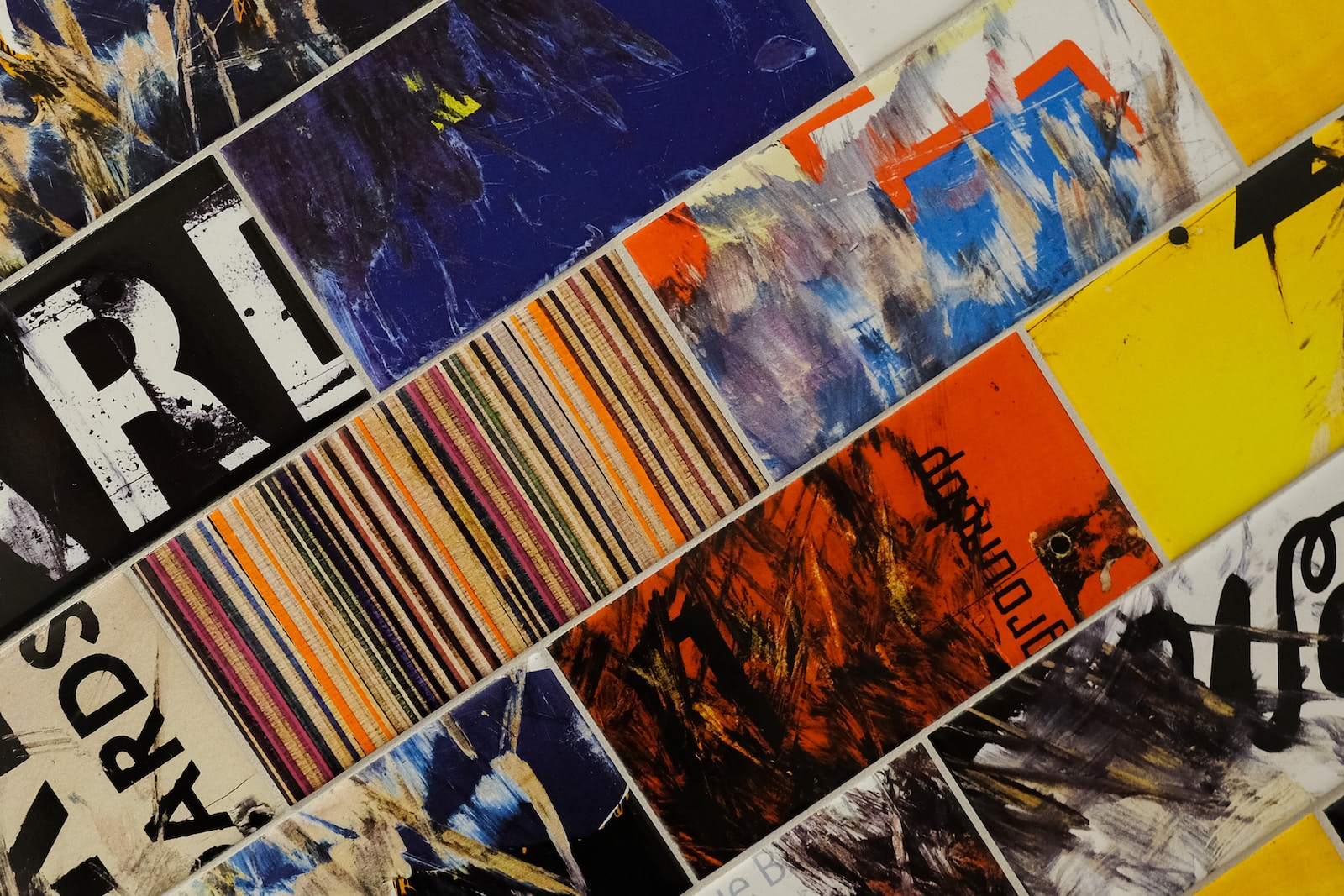Multilingual desktop publishing is the process of ensuring that page layouts look professional in every language. If your material is poorly translated and doesn’t fit properly on a page, it becomes difficult to read and won’t have the desired impact on the reader. In this article we’ll take a look in more detail at what multilingual desktop publishing is, and how it can help your brand.
Making Translation and Design Work Together
Desktop publishing, also known as DTP, uses software to create page layouts with text, photos, graphics and tables so that the end product is ready for either hard copy printing or electronic display. DTP isn’t limited to just books, magazines and newspapers but is also used to create all kinds of visual documents, including posters, signs, retail packaging, promotional items, work presentations, menus and much more. Whenever text and visual design needs to be combined, DTP brings them together by creating the right layout and adjusting size, style and other elements to create the perfect visual look.
Brands with an international reach often need their materials to reach a worldwide audience, meaning they must be translated. However, a straight translation of the text can very easily ruin the design, as the new text may take up more or less space than the source text. Multilingual desktop publishing entails ensuring all materials remain consistent and professional across various languages by adjusting the layout and design in subtle but highly effective ways.
What Problems Can Arise From Translating DTP Documents?
If you aren’t an expert, it’s really easy to run into problems when creating DTP materials for different languages. These issues include:
- Text contraction. Where words become shorter due to translation, the visual layout of your text will be affected. You may end up with blank spaces or incorrect line breaks.
- Text expansion. Similarly, text becoming longer will mean text does not fit correctly on the page or align well with other visual elements.
- Special characters. Your chosen font may not have the special characters required for your target languages.
- Writing systems. Fonts available in other writing systems, such as Cyrillic, Arabic or Chinese, may not fit your original design. Some languages change the layout of the design because they are written and read from right to left.
If you don’t have any experience in multilingual DTP, these problems can very easily occur. It will be stressful trying to correct them, especially if you have a deadline, and even if you make everything fit on the page in the end, you won’t know if it makes sense if you can’t read the language.
Why Should My Brand Invest in Multilingual DTP?
If you want your brand to make an impact on an international scale, you have to make your materials accessible. However, those materials must be consistent across all markets to maintain your brand identity. Multilingual DTP helps your customers access brand material in different languages while maintaining the original content’s look, feel and tone. This feeds into the following reasons why your brand should invest in multilingual DTP.
Poorly Formatted DTP Can Negatively Impact Your Project
Poorly done DTP with a bad layout and typographical errors can lead to a negative impression of your company or product. It looks like you don’t care about a particular market, and comes over as unprofessional and sloppy, none of which are factors that will make someone interested in your brand. By using a professional multilingual DTP agency, your materials will be clear and accessible whilst keeping the messaging and tone that you desire.
Maintaining Consistent Visual Branding is Vital
Research has shown that consistent presentation of a brand is seen to increase revenue by 33%. Keeping your brand voice consistent across all channels gives your customer a consistent experience, and that translates into trust. However, maintaining this consistent look and feel can be difficult when translating brand material into different languages. For example, if the look of your brand is very clean and minimal, seeing an advert crammed with language – even if you can’t understand it – will be confusing and off-putting. By using translators who are also professional graphic designers and typesetters, visual consistency will be understood and maintained.
Multilingual DTP is created by Language Experts.
You might have the best in-house designers in the world, but if they can’t work in other languages, they shouldn’t be doing your multilingual DTP. Not knowing the target language can easily lead to mistakes being made, for example, breaking a word or phrase that belong together. They may also make mistakes with proper punctuation in foreign languages such as German, French and Spanish. An expert working in their own native language will be able to express your vision perfectly and accurately, right down to the umlauts.
Professional Multilingual DTP Saves Time and Money
Multilingual DTP requires a variety of skills to be used at once. As well as excellent linguistic skills, it is necessary to have an eye for design and a comprehensive understanding of software such as Adobe InDesign, Adobe FrameMaker or QuarkExpress. You may think that your own design team and an external translator can beat the price quoted by a multilingual DTP translation agency. However, by the time you’ve had your material translated, then put on the page by the designer, then proofed – probably more than once – you’ll have ended up spending more time and money on it than if you’d asked an expert. Handing the job over to people who know what they are doing saves on resources and stress.
Conclusion
Multilingual DTP is crucial if you value your brand and want to market it to an international audience. Simply translating a text and squashing it onto the same page layout as the source text won’t work: it will look sloppy and unprofessional and won’t entice new customers or keep your current ones. Using a professional multilingual DTP agency will maintain brand consistency, keep your messaging clear and save you time, money and stress.






